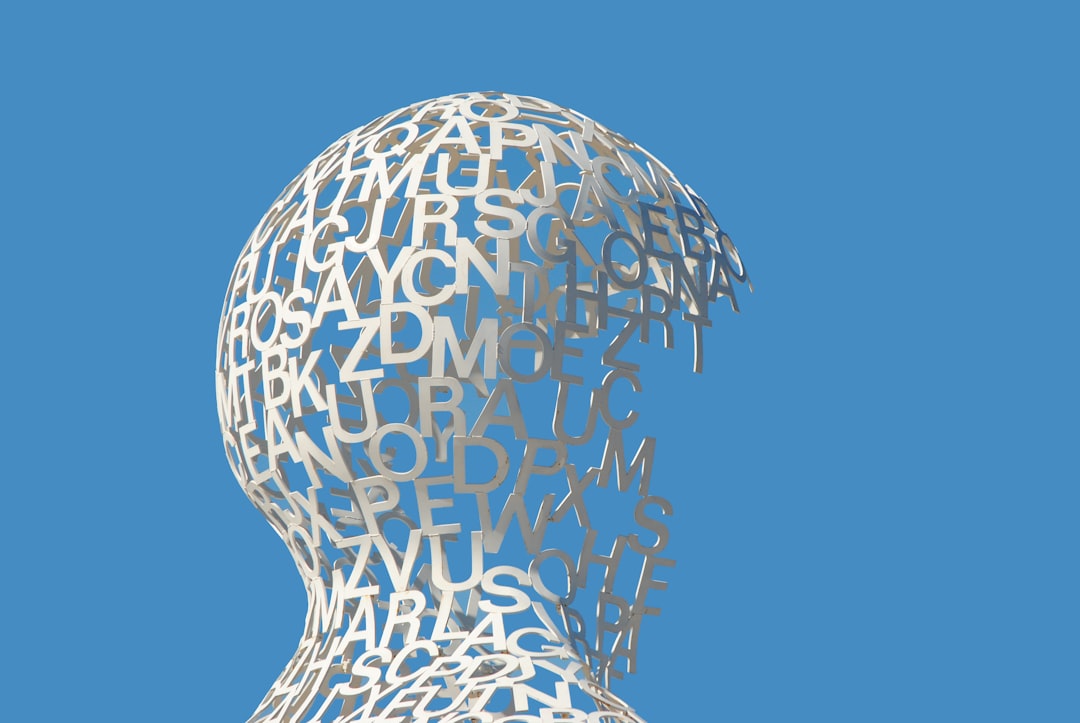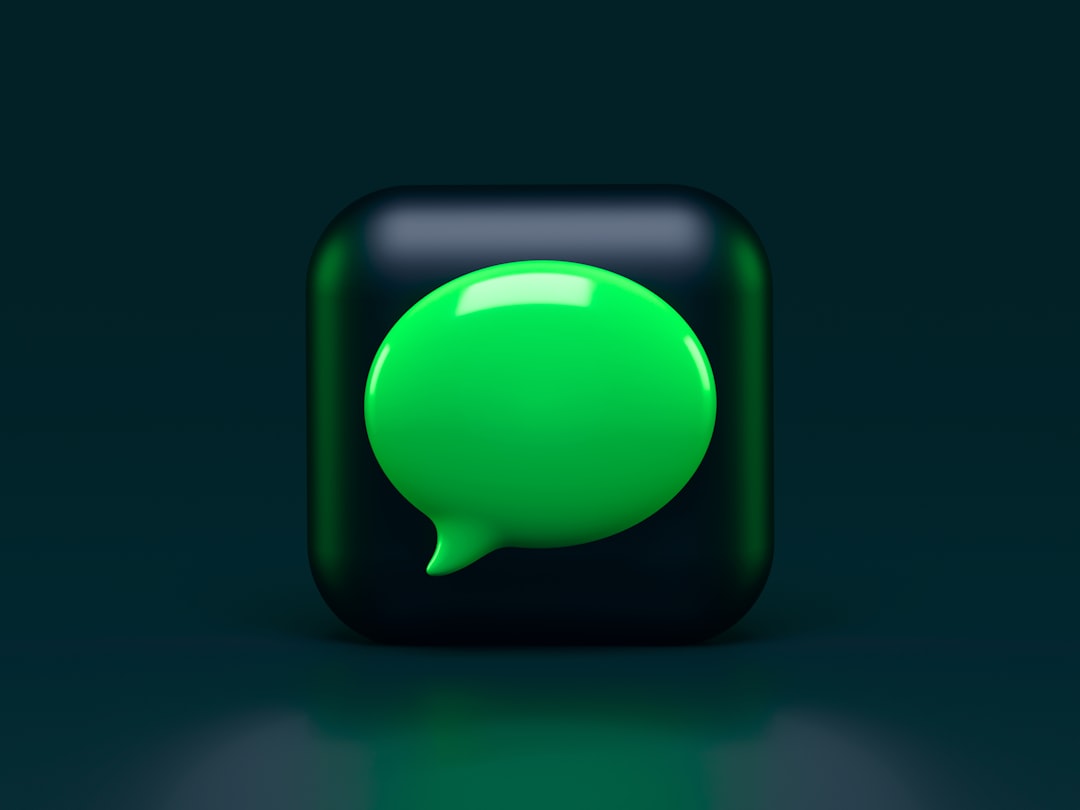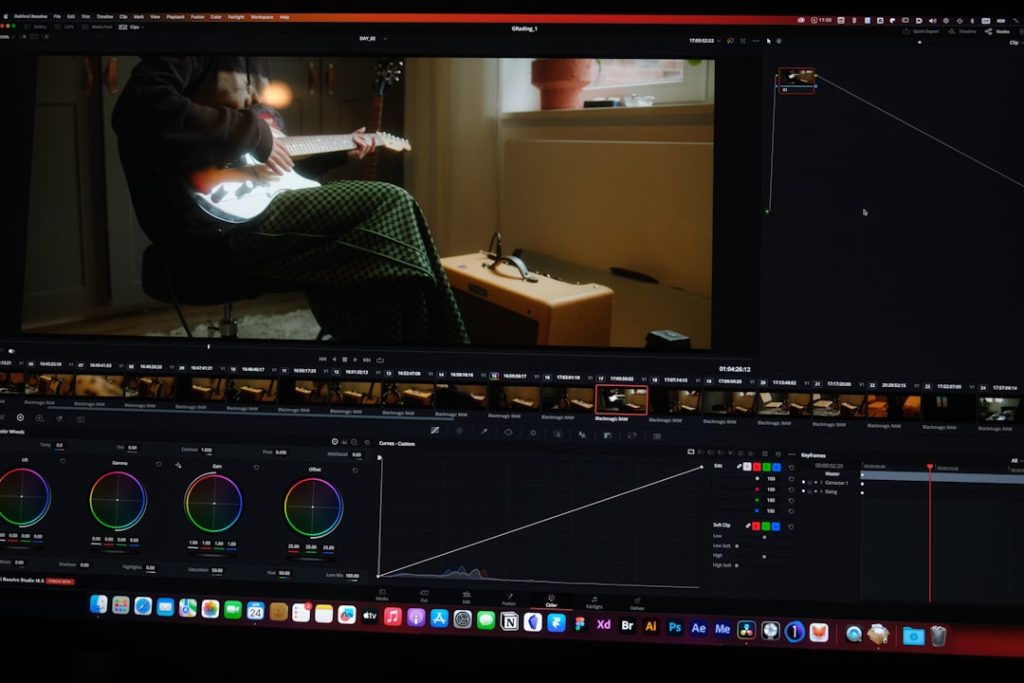In recent years, artificial intelligence (AI) has seen tremendous growth, and one of the most exciting areas of its application is in language translation technology. Gone are the days when machine translation was limited to awkward or nonsensical phrases. Thanks to rapid advancements, today’s AI-powered translators come remarkably close to human-level fluency in many languages.
The transformation of AI translation is being driven by innovations in machine learning, particularly deep learning and neural networks. These technologies allow machines to understand context, idioms, and even cultural nuances, significantly improving translation quality.
The Rise of Neural Machine Translation (NMT)
One of the most significant breakthroughs in recent years is the development of Neural Machine Translation (NMT). Unlike the older rule-based or statistical models, NMT systems are powered by deep learning algorithms that process entire sentences as context, rather than translating word-by-word.
This leap means:
- Better Context Understanding: Translations are more accurate because the system understands sentence structure and semantics.
- More Natural Flow: Sentences sound more human and are easier to read.
- Fewer Errors: Misinterpretation of idiomatic expressions and grammar issues are greatly reduced.
The most commonly used NMT architecture today is the Transformer model, introduced by Google. Notably, it powers tools like Google Translate and has laid the foundation for large-scale multilingual translation systems.

Multilingual and Zero-Shot Translation
Another key advancement is the advent of multilingual NMT systems. These models are trained on multiple languages at once, enabling them to handle translations between any pair of languages—even those not explicitly trained together. This capability is known as zero-shot translation.
For example, a system trained in English-French and English-German can now potentially translate German-French without direct training. This not only expands access for lesser-used languages but also reduces dependence on expensive parallel datasets.
Real-Time Speech Translation
Beyond text, AI is also making strides in real-time speech translation. Companies like Microsoft, Google, and Amazon are developing voice translation tools that can work on the fly—a massive benefit for travelers, customer service, or international meetings.
Key technologies involved include:
- Speech-to-Text (STT): Converts spoken words into text accurately and quickly.
- Text Translation: Performs contextual translation of the speech content.
- Text-to-Speech (TTS): Converts the translated text back into speech in the target language.
In combination, these processes enable seamless communication across languages in real-time. Tools like Google Pixel Buds, Skype Translator, and Meta’s voice translation prototypes are already utilizing this technology.

Context Awareness and Personalization
More sophisticated AI models are now being trained to become context-aware, integrating user data, conversation history, and specific domain knowledge for more accurate translations. For instance, a medical translation might use different terminology than a general conversation.
Also, the notion of personalized translation is gaining traction. By adapting to a user’s communication style and preferences, AI translators can deliver results that feel more natural and tailored.
Ethical Considerations and Bias Reduction
As translations become smarter, developers are tackling the issue of bias in AI models. Traditional datasets often carry cultural and gender stereotypes, which can unintentionally be reflected in translations.
Companies are now investing in:
- Balanced training data from diverse sources
- Bias detection algorithms
- Human oversight in training and testing phases
This effort is not just ethical but also improves the quality of translations, especially in sensitive contexts like legal documents, academic papers, or diplomatic dialogue.
The Future of AI Translation
Looking ahead, the horizon for AI translation is both ambitious and promising. Researchers aim to create true universal translators—systems capable of translating any language, dialect, or speech pattern with near-human accuracy.
With the combination of larger datasets, more powerful computing resources, and enhanced algorithms, it’s only a matter of time before AI bridges linguistic divides more efficiently than ever.
Whether it’s breaking down cross-cultural barriers in business, enabling better education access, or simply helping travelers find their way, the evolution of AI translation technology is transforming the world—word by word.


